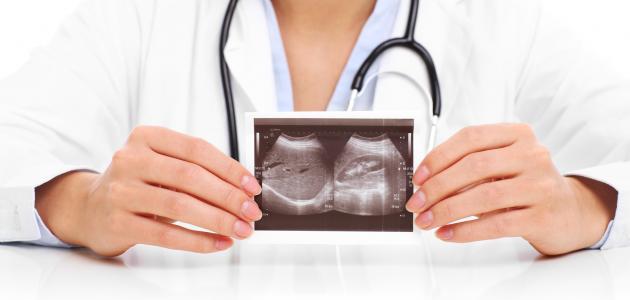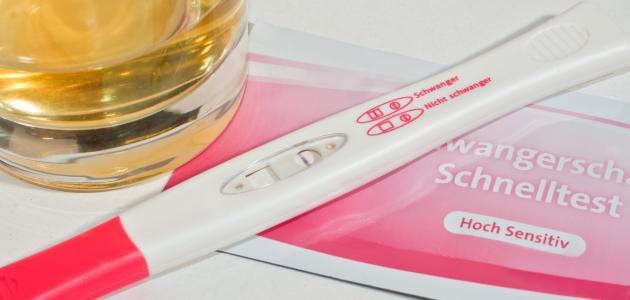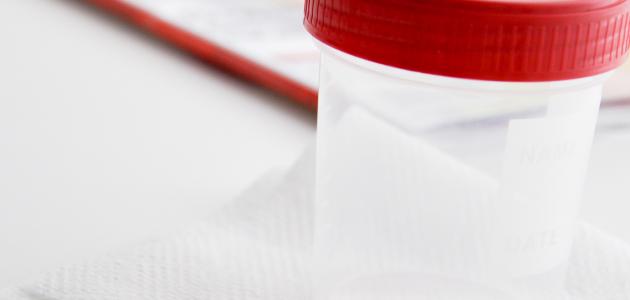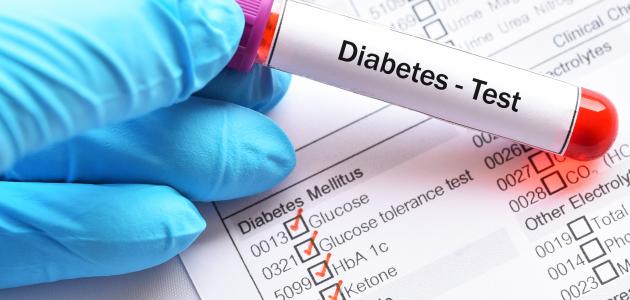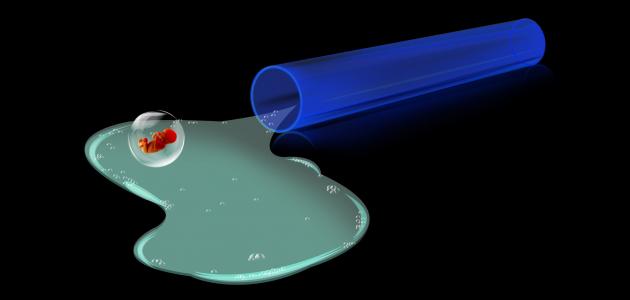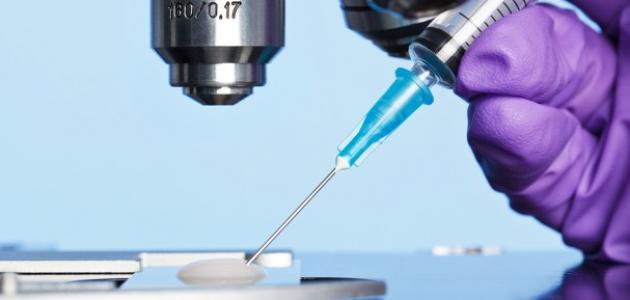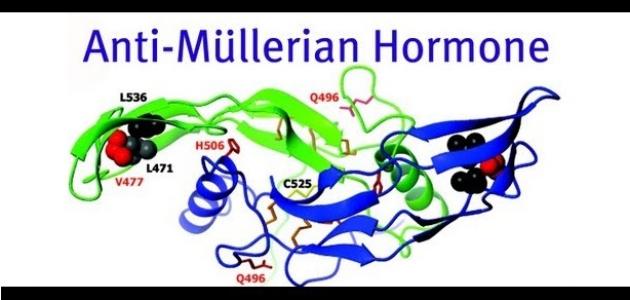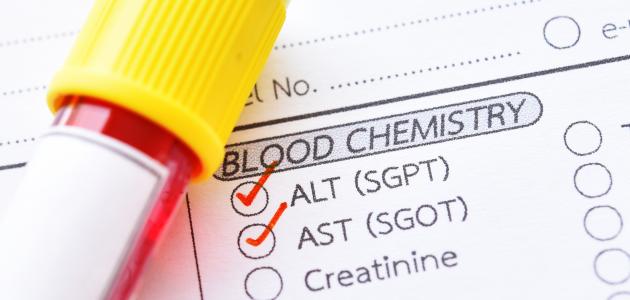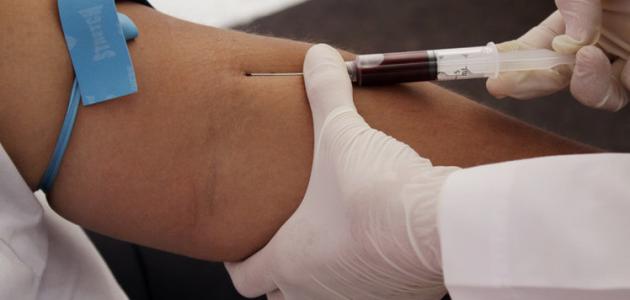Contents
Protein fats
Lipoproteins are composed of lipid droplets surrounded by a layer of lipids associated with chemical groups containing phosphorous, and these compounds are called phospholipid, and they are distinguished by that they are opposite groups , where the containing polar layer is Outward, that is, toward the water , which makes it transmissible through the blood . [1]
Analysis of protein fats
Testing is fat protein an indication of the quality of cholesterol measurement found in the blood , which is not shown by checking fat normal , which gives the examination of fat the normal results of the amount of each of the total cholesterol in the blood , and lipoproteins low Low-Density Lipoprotein, High-Density Lipoprotein, and Triglycerides. While the protein lipid test divides the cholesterol in the blood into other subtypes according to its size and density. [2]
Protein lipid types and reference readings
It is considered necessary for a person to fast for a period ranging from 12 hours to 14 hours before the examination, as the reference readings depend on fasting, and the reference values and readings vary according to age, but for people over the age of eighteen years, they are as follows according to the milligram / deciliter unit: [3]
| The type of protein fats | Normal readings | Abnormal readings |
|---|---|---|
| Cholesterol Total 1 | Less than 200 | 200-239 (at upper bound)
240 or more (high) |
| Triglycerides 1 | Less than 150 | 150-199 (at upper bound)
200-499 (high) 500 or more (very high) |
| Cholesterol Low Density 2 | Less than 100 | 100-129 (higher than the preferred reading)
130-159 (at upper bound) 160-189 (high) 190 or more (very high) |
| Low-density lipids (LDL) triglycerides | 50 or less | - |
| Apolipoprotein B | Less than 90 | 90-99 (higher than preferred reading)
100-119 (within upper limits) 120-139 (high) 140 or more (very high) |
| High-density lipoprotein cholesterol 2 (HDL cholesterol) | 40 or more (males)
50 or more (for females) |
- |
| Very low density lipoprotein cholesterol (VLDL cholesterol) | Less than 30 | - |
| VLDL triglycerides | Less than 120 | - |
| Very low density beta-type cholesterol (Beta VLDL Cholesterol) | Less than 15 | - |
| Beta VLDL Triglycerides | Less than 15 | - |
| Chylomicron Cholesterol | The amount in the blood should be undetectable | - |
| Chylomicron triglycerides | The amount in the blood should be undetectable | - |
| Type A lipoprotein cholesterol (Lp (a) cholesterol) | Less than 3 | - |
| Type X lipoprotein (Lipoprotein X) | The amount in the blood should be undetectable | - |
1 According to the recommendations of the "National Cholesterol Education Program"
2 As recommended by the National Lipid Association
The importance of protein lipid analysis
Knowing the size of the cholesterol particles is very important in addition to knowing the numerical value of total cholesterol and LDLP. Where the speed of cholesterol directing and going into the blood vessels depends on the size and number of LDL cholesterol, as it is the smaller the size of the fat particlesLow-density protein, although it contains less cholesterol, becomes easier to direct and go to the blood vessels. Likewise, HDPF is small in size and does not contain a large amount of cholesterol, so the cholesterol will not be removed from the blood vessels of people who have a high proportion of HDPF are small as in people who have the largest volume. In addition, the small size of high-density lipoproteins reduces the numerical value of total cholesterol. Therefore, people who have a high proportion of small-sized high-density lipoprotein (HDP) lipids or small-sized low-density lipoprotein (LDL) lipids may be more prone to coronary disease, despite their lower total cholesterol and low-density lipoprotein sometimes.[2]
The effect of diet on protein lipid analysis
A diet rich in Unsaturated Fats of the type of omega-3s such as fish oil is one of the substances that significantly reduce cholesterol and triglycerides. Also reduce fatty acids monounsaturated and fatty acids polyunsaturated such as those found in olive oil , peanuts, and sunflower oil from cholesterol found in the blood . As for foods high in saturated fats, they are associated with an increase in the level of cholesterol in the blood . [1]
References
- ^ A b Liji , Thomas (2015-09-08), "What ' Lipoproteins are On ?" , News Medical , Retrieved 2017-09-10.
- ^ A b Dr. Arthur Agatston (2008-11-14), "Lipoprotein Tests" , Everyday Health , Retrieved 2017-09-09.
- ↑ "Lipoprotein Metabolism Profile" , Mayo Medical Laboratories , Retrieved 2017-09-09.

